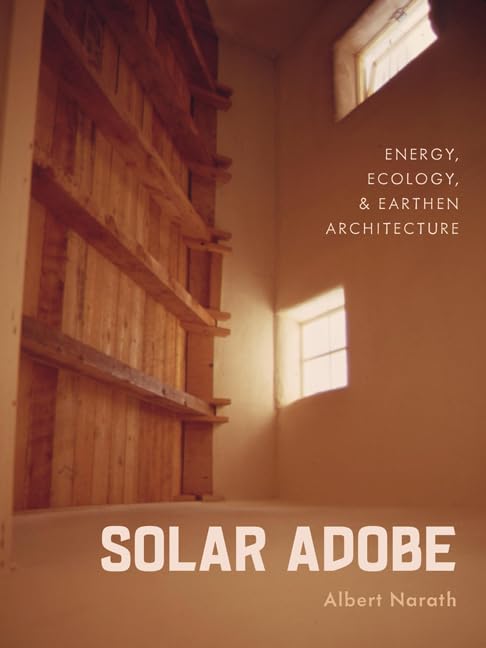Solar Adobe: Energy, Ecology & Earthen Architecture by Albert Narath was published this year by the University of Minnesota Press and would be a fine addition to any architectural library. The book focuses on the history of earthen building, mainly in the United States, and primarily during the Twentieth Century.
 Much attention is placed on the intersection between scholarly studies and Native American earthen building traditions. The Southwestern portion of the US, where Pueblo architecture thrived for millennia, is still the home for many indigenous people. They lived in adobe homes carved into cliff faces, as well as stacked into multifamily homes in desert localities.
Much attention is placed on the intersection between scholarly studies and Native American earthen building traditions. The Southwestern portion of the US, where Pueblo architecture thrived for millennia, is still the home for many indigenous people. They lived in adobe homes carved into cliff faces, as well as stacked into multifamily homes in desert localities.
It was soon realized that such adobe architecture was very well suited to this region, because the heavy earthen thermal mass stored the heat from the day and delivered it to the interior of the homes in the cool of the night. So people were naturally comfortable most of the time.
This fact was largely neglected by the mainstream architects who worked with the Federal HUD programs that tried to replace old-style pueblo architecture with “modern” stick-frame buildings. Not only did they disregard the energy efficiency of traditional buildings, but they also interfered with the social fabric of the multi-family apartments that they replaced with single-family, isolated units.
The book also touches on the truly modern employment of 3D printing technology that is now using earthen materials to print dwellings that have many of he same benefits as the traditional adobe homes.
